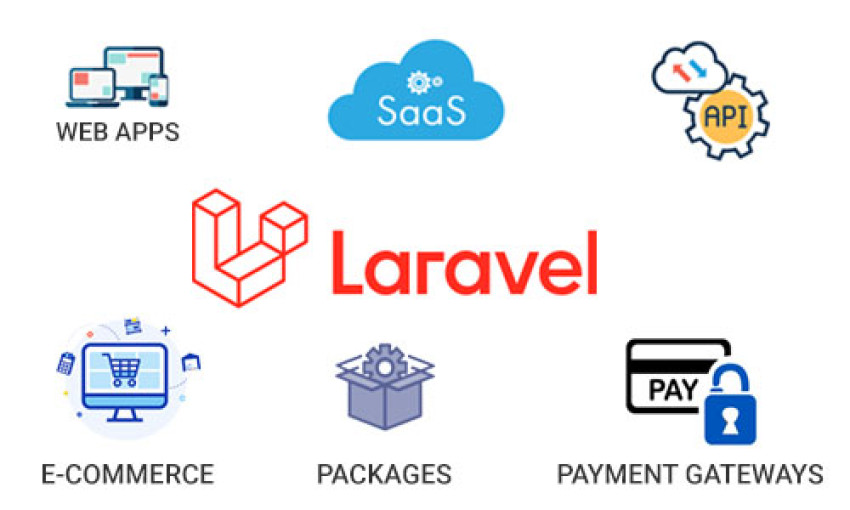
Introduction
Businesses may engage their audience and increase conversions with the help of email marketing. Popular email marketing software Active Campaign has powerful tools for building and managing newsletters. We will examine how to use PHP to master Active Campaign newsletter integration in Laravel in this blog post. You can automate your email marketing campaigns and send tailored content to your subscribers by integrating Active Campaign smoothly with your Laravel application. Let's get started and utilise this integration's full potential.
Understanding Active Campaign
It's critical to have a firm grasp of Active Campaign and its features before going into integration. List management, campaign automation, and strong segmentation tools are all part of Active Campaign's all-inclusive email marketing solutions. To make the most of the integration, familiarise yourself with the core features and capabilities of Active Campaign hire laravel developer.
Setting up the Active Campaign Account
You must have an Active Campaign account in order to integrate Active Campaign with Laravel. We'll walk you through the process of setting up your lists and forms, creating an account, and obtaining the required API credentials. Setting up the connection between your Laravel application and Active Campaign requires this step.
Installing the Active Campaign API Package
Using Composer packages, Laravel offers a practical approach to handle third-party integrations. We'll examine the Laravel Active Campaign API packages that are readily available and walk you through the setup procedure. By completing this step, your Laravel application and the Active Campaign API will be able to communicate without any interruptions.
Authenticating with Active Campaign API
You must authenticate your Laravel application before you can communicate with the Active Campaign API. We'll go over the authentication procedure, including setting up secure connections and defining the API credentials. By completing this step, you can be sure that your Laravel application may send legitimate calls to the Active Campaign API.
Managing Subscribers and Lists
Managing subscribers and lists is one of Active Campaign's key features. In this section, we'll go into detail about how to add subscribers to your lists, update subscriber data, and manage subscriptions and unsubscribes. You may automate these operations in your Laravel application by using the Active Campaign API.
Creating and Sending Newsletters
The creation and distribution of newsletters can be streamlined with Laravel's integration of Active Campaign. Making newsletter templates, personalising content, and setting up automated campaigns are all stages we'll walk you through. Utilise the capabilities of Active Campaign and Laravel's templating engine to create engaging newsletters for your subscribers.
Tracking and Analyzing Campaign Performance
Insightful analytics are provided by Active Campaign to assess the success of your email marketing efforts. We'll look at using the Active Campaign API to measure important data like open rates, click-through rates, and conversions. You may improve your email marketing approach by incorporating these data into your Laravel application.
Conclusion
Mastering Active Campaign newsletter integration in Laravel using PHP opens up a world of possibilities for your email marketing efforts. By following the steps outlined in this blog post, you can seamlessly connect your Laravel application with Active Campaign, automate your campaigns, and deliver personalized newsletters to your subscribers. Stay ahead of the competition by leveraging the power of Laravel and Active Campaign to engage your audience and drive business growth.


